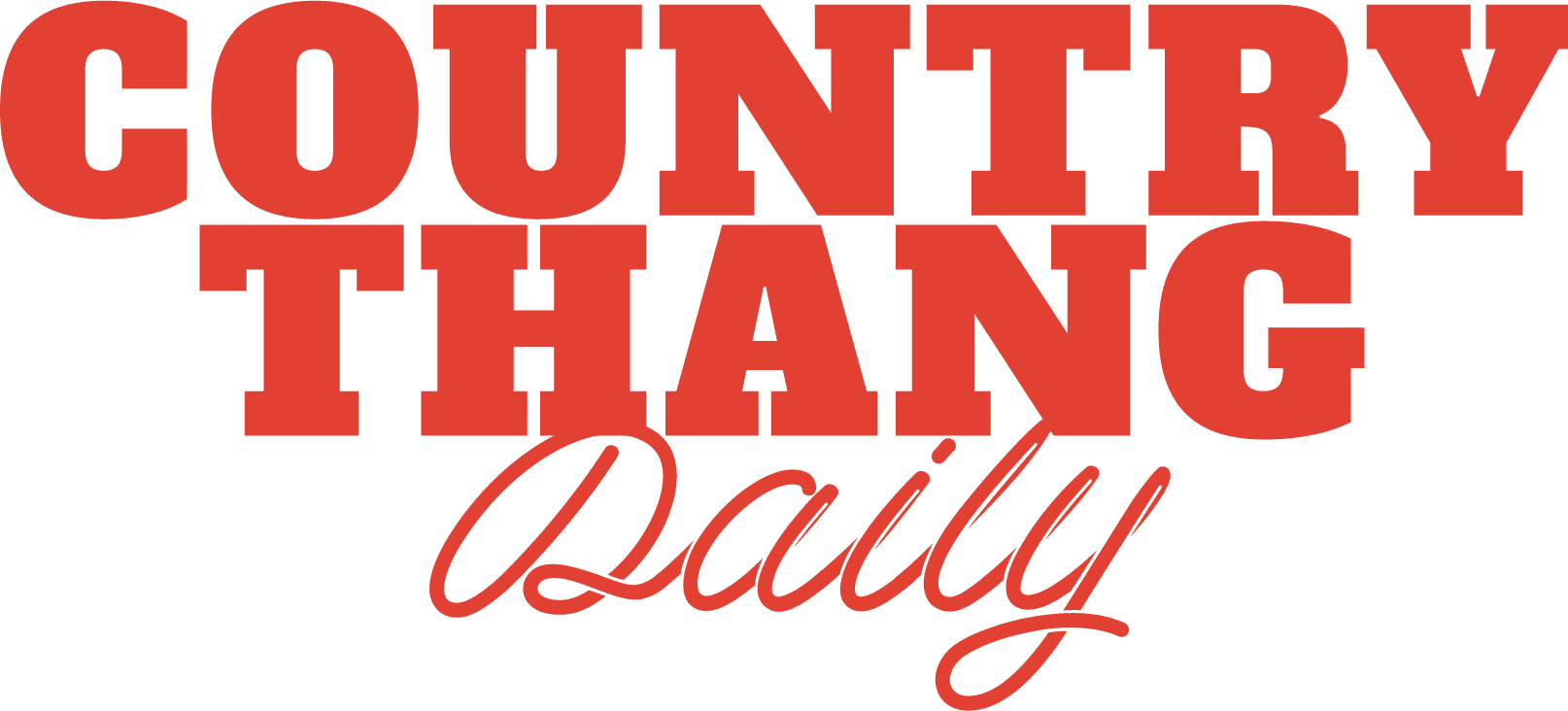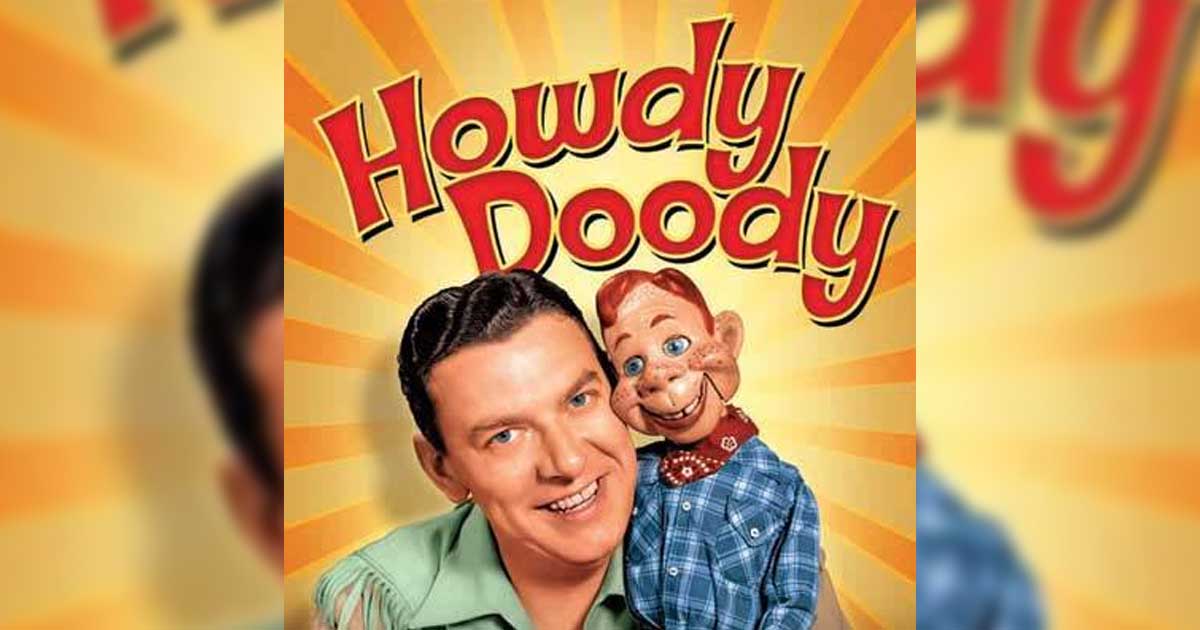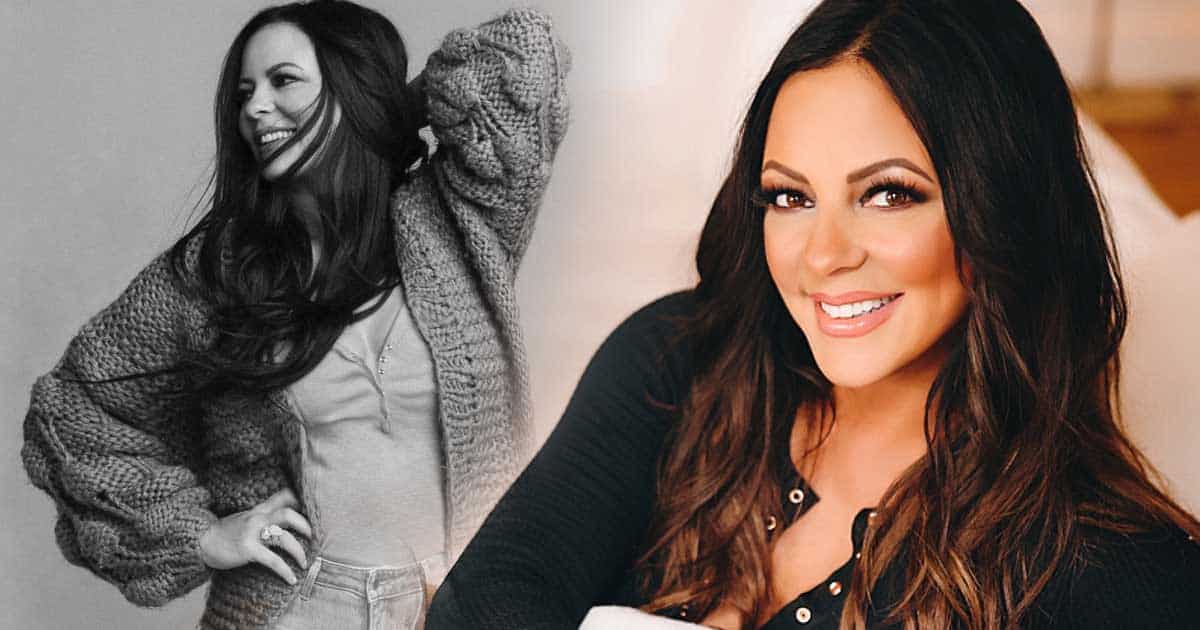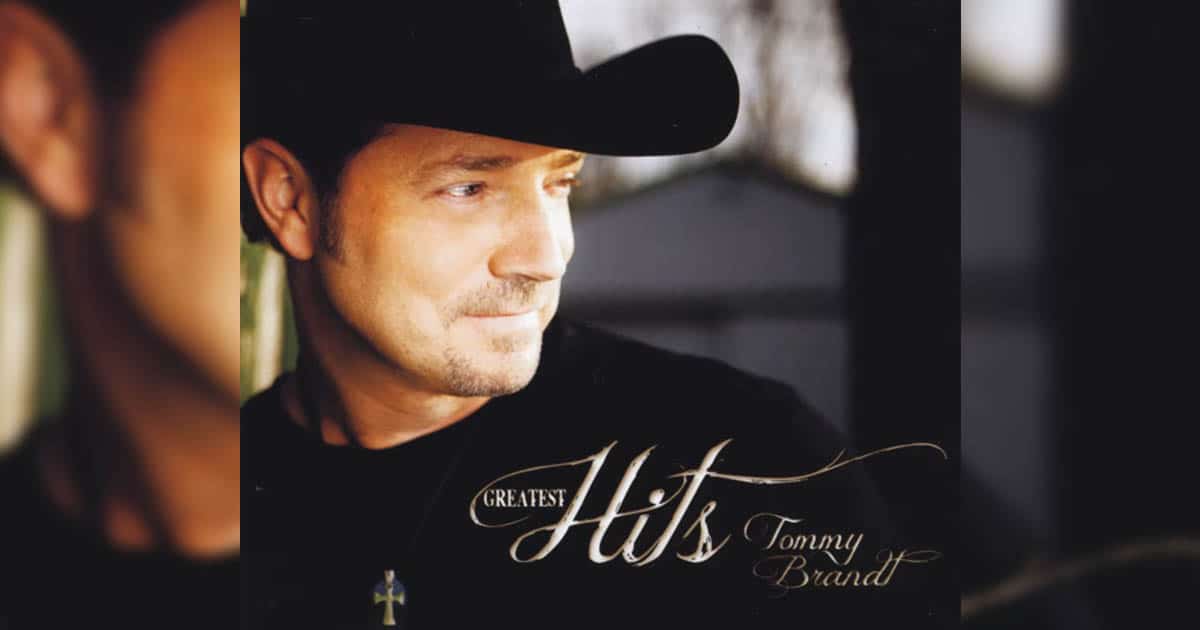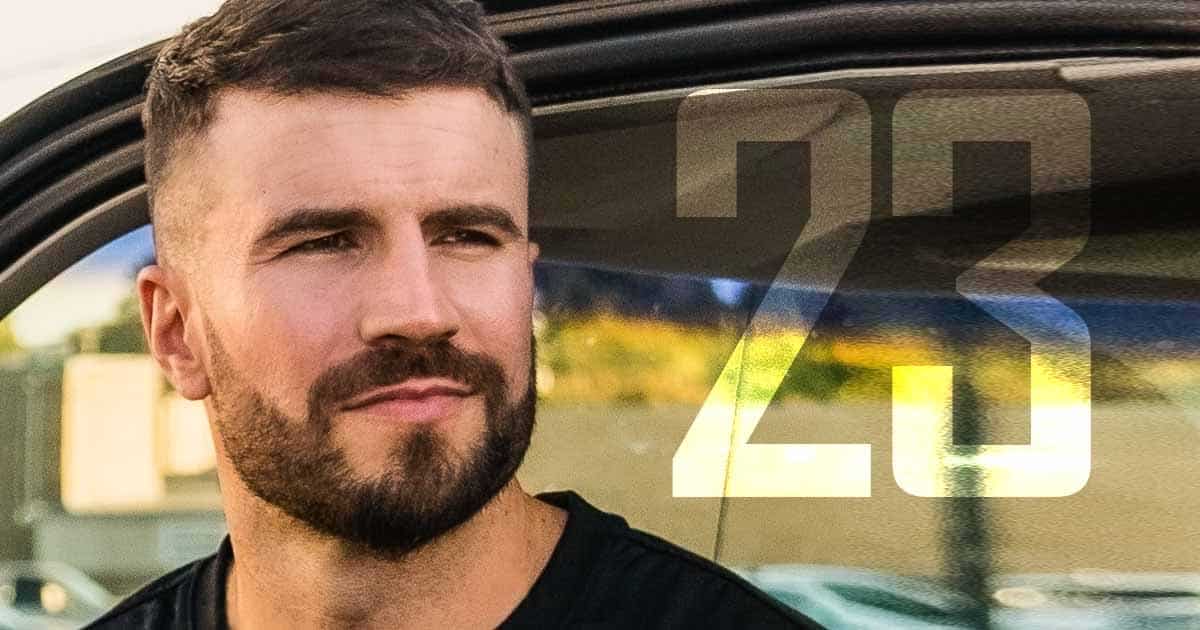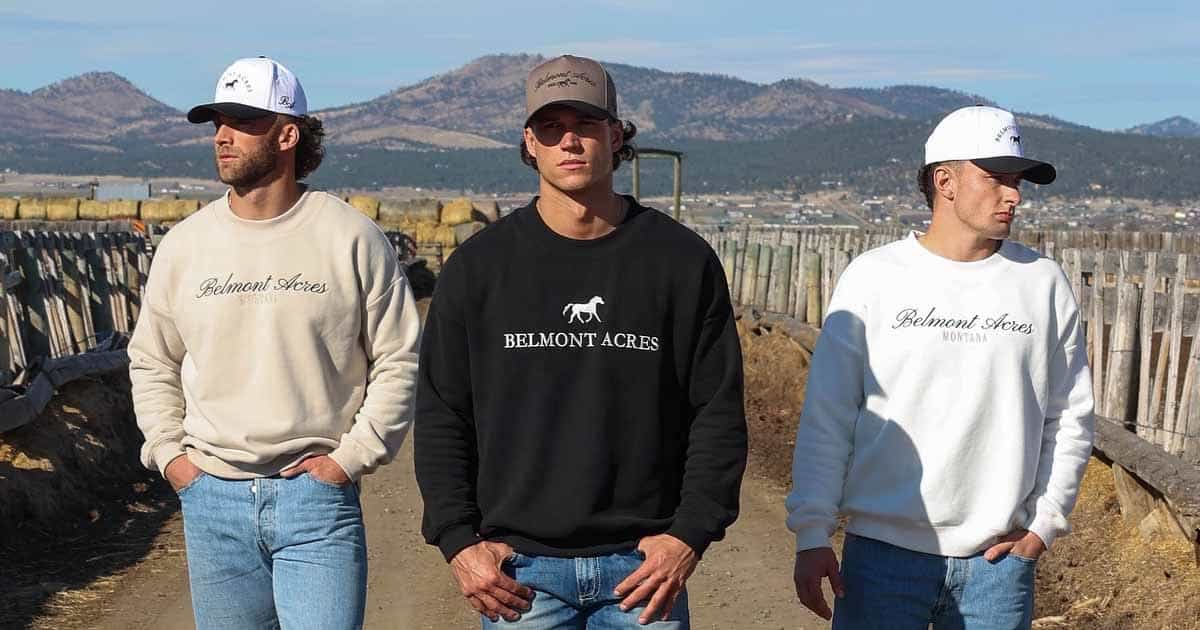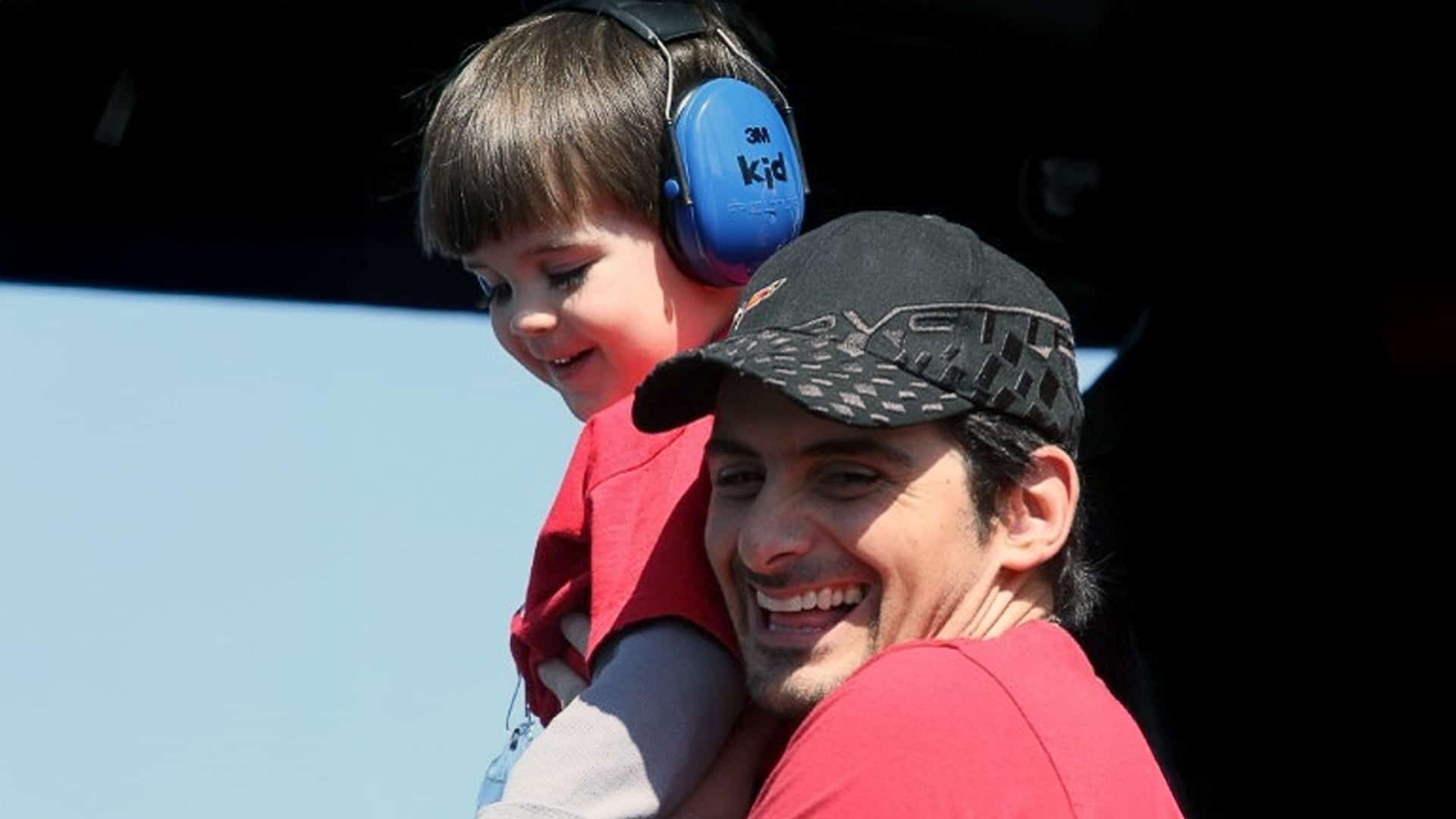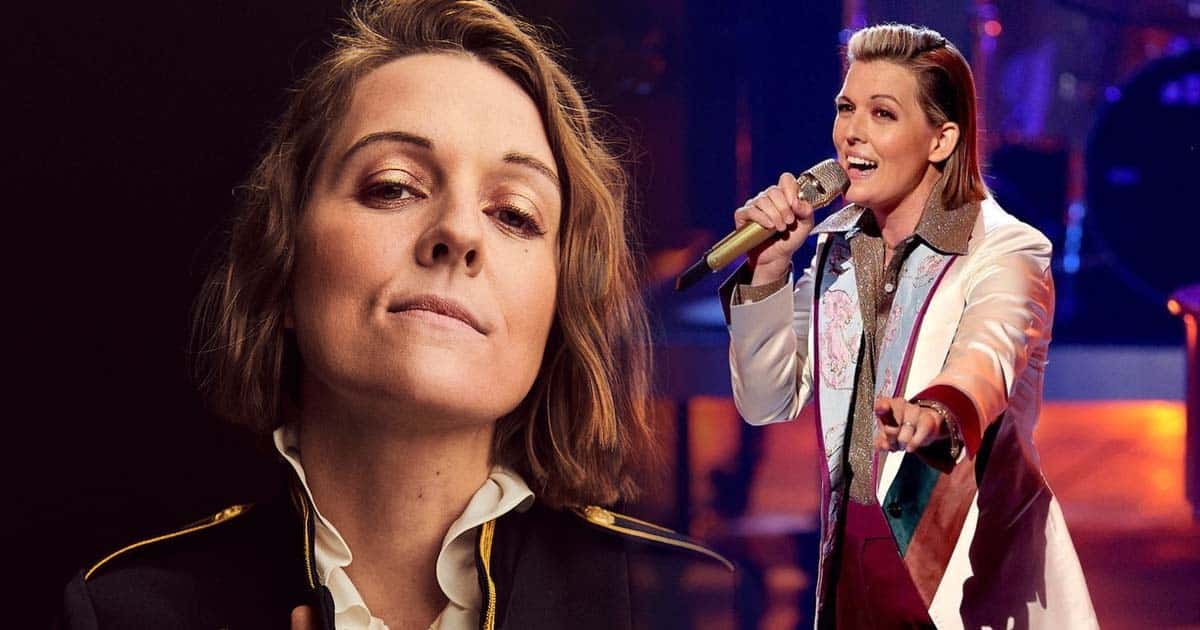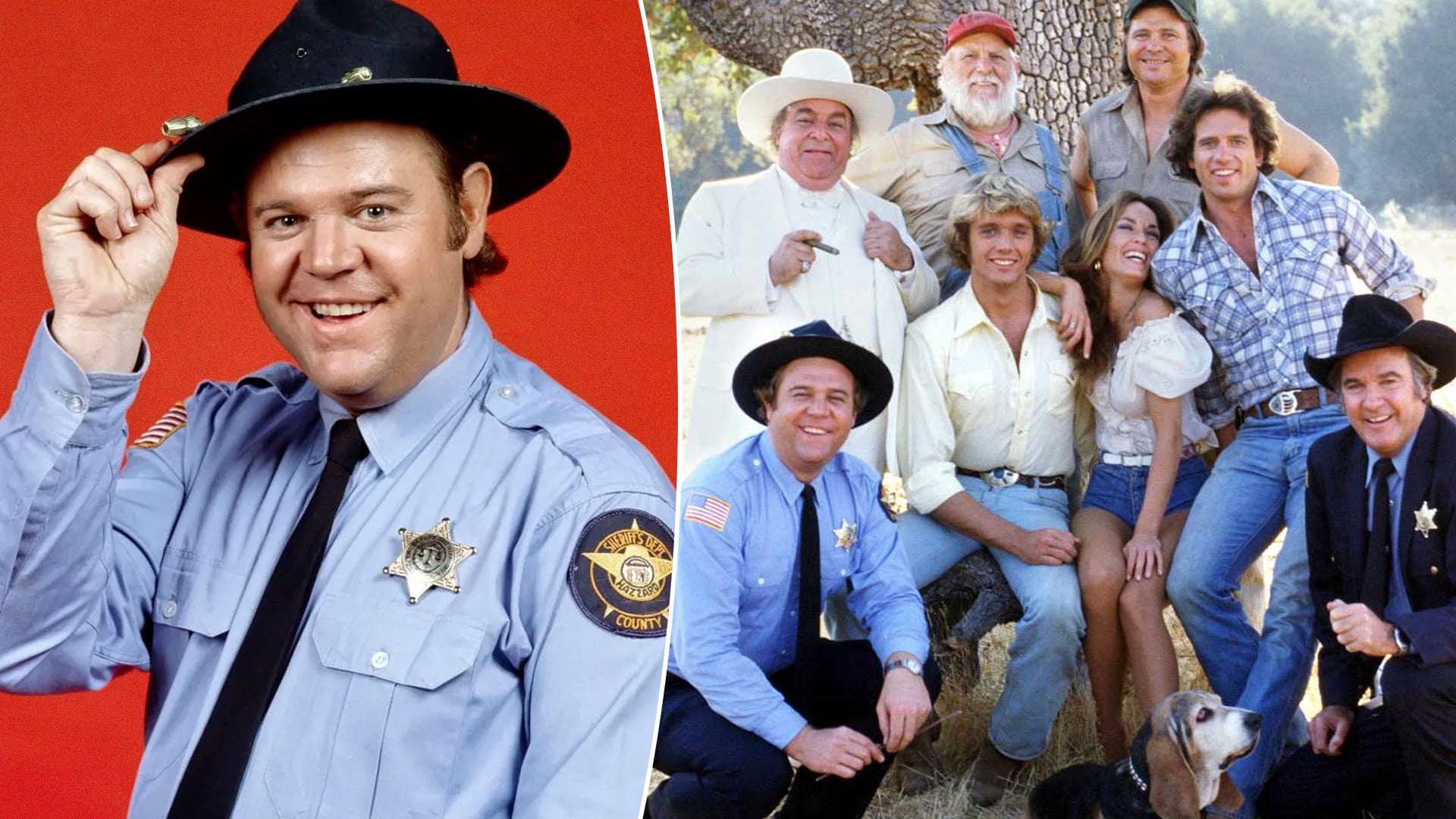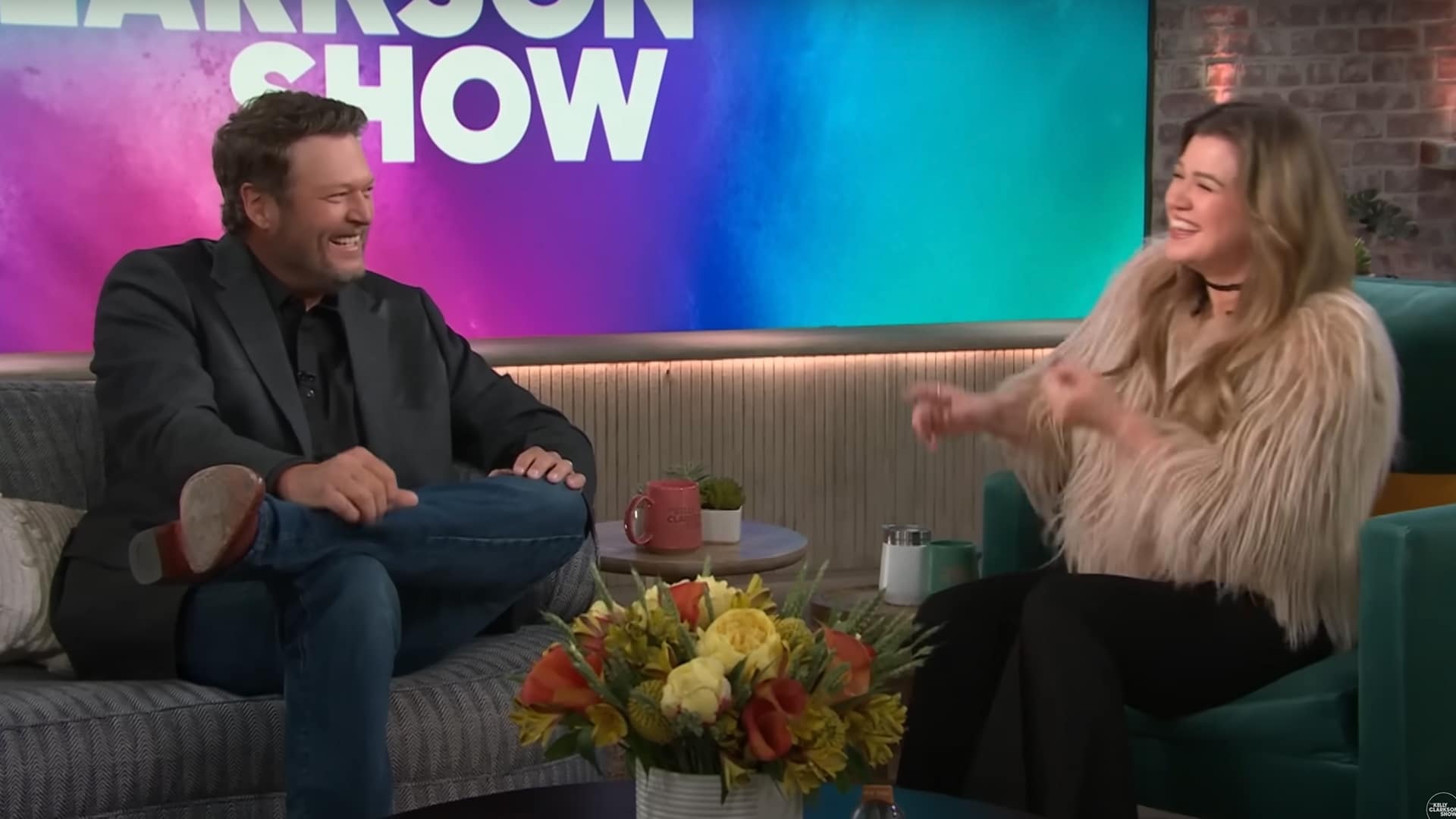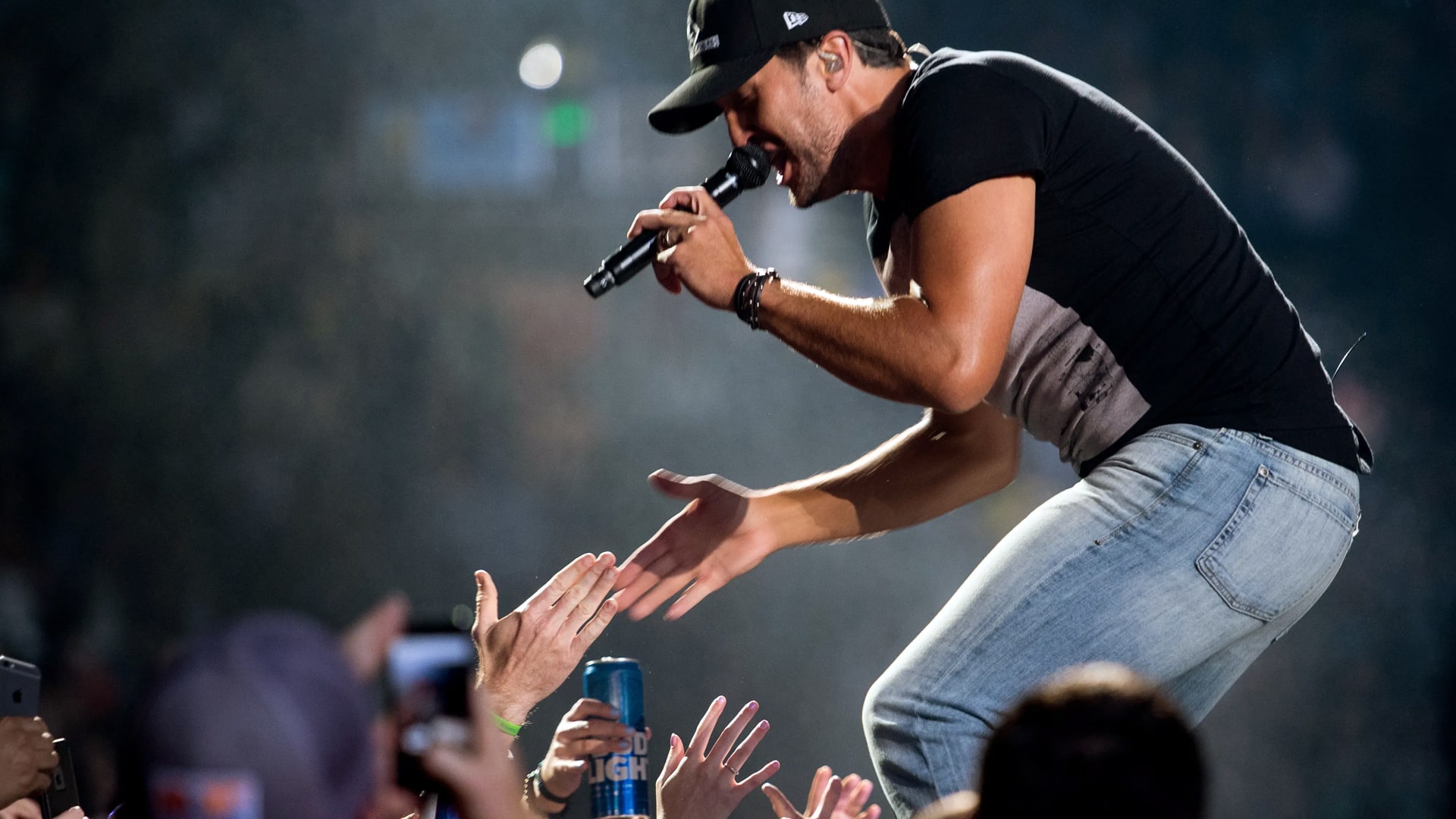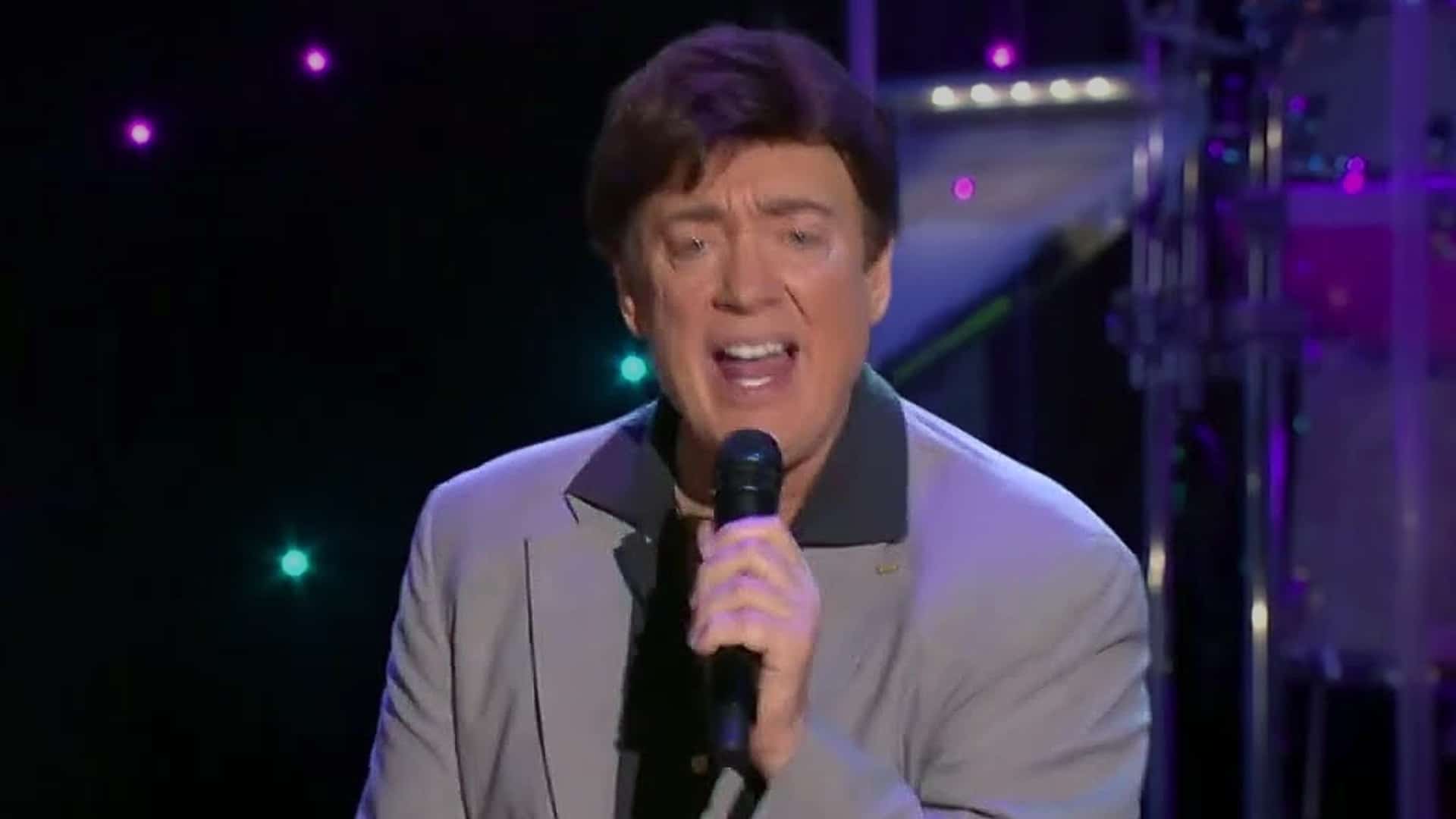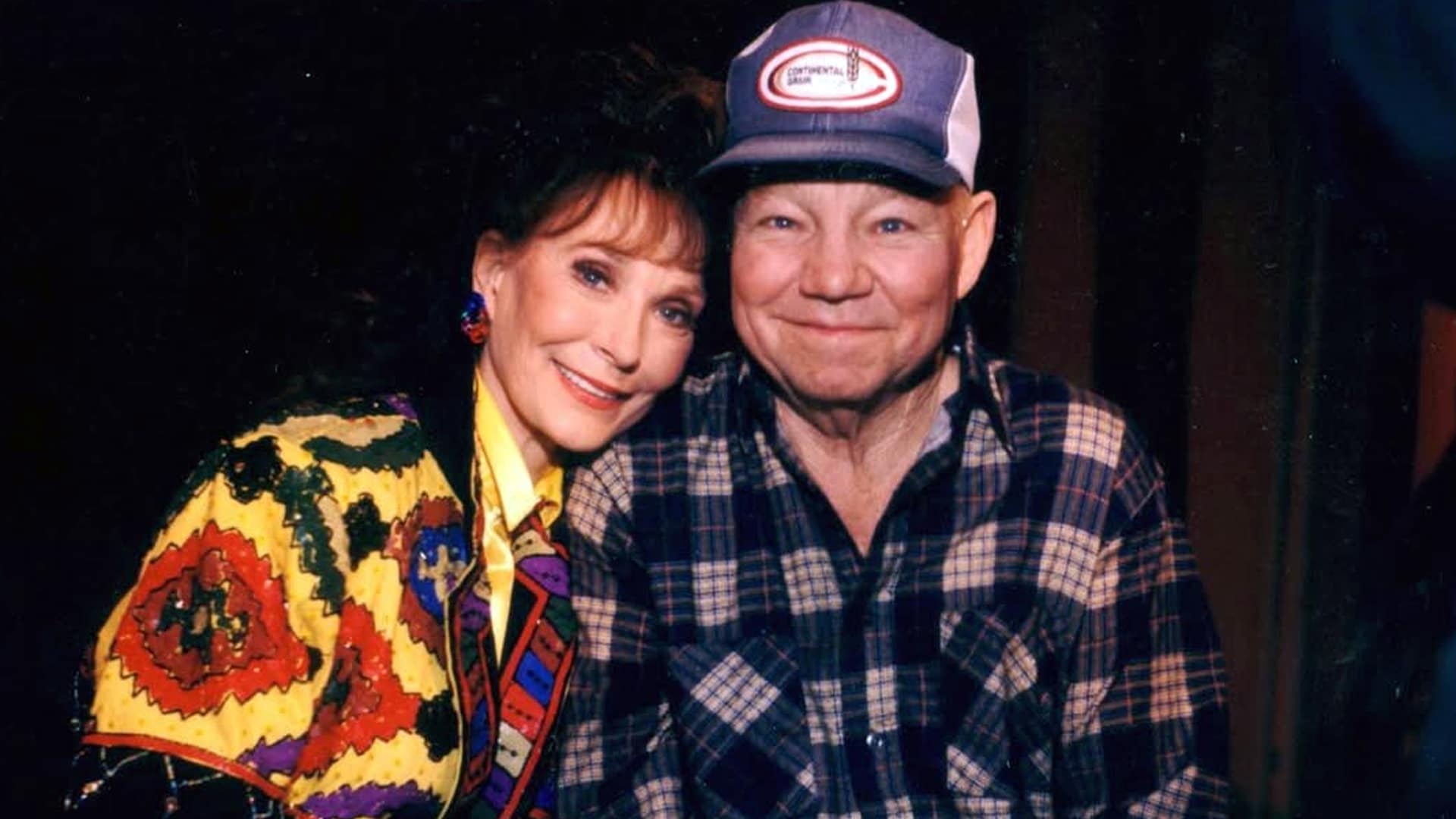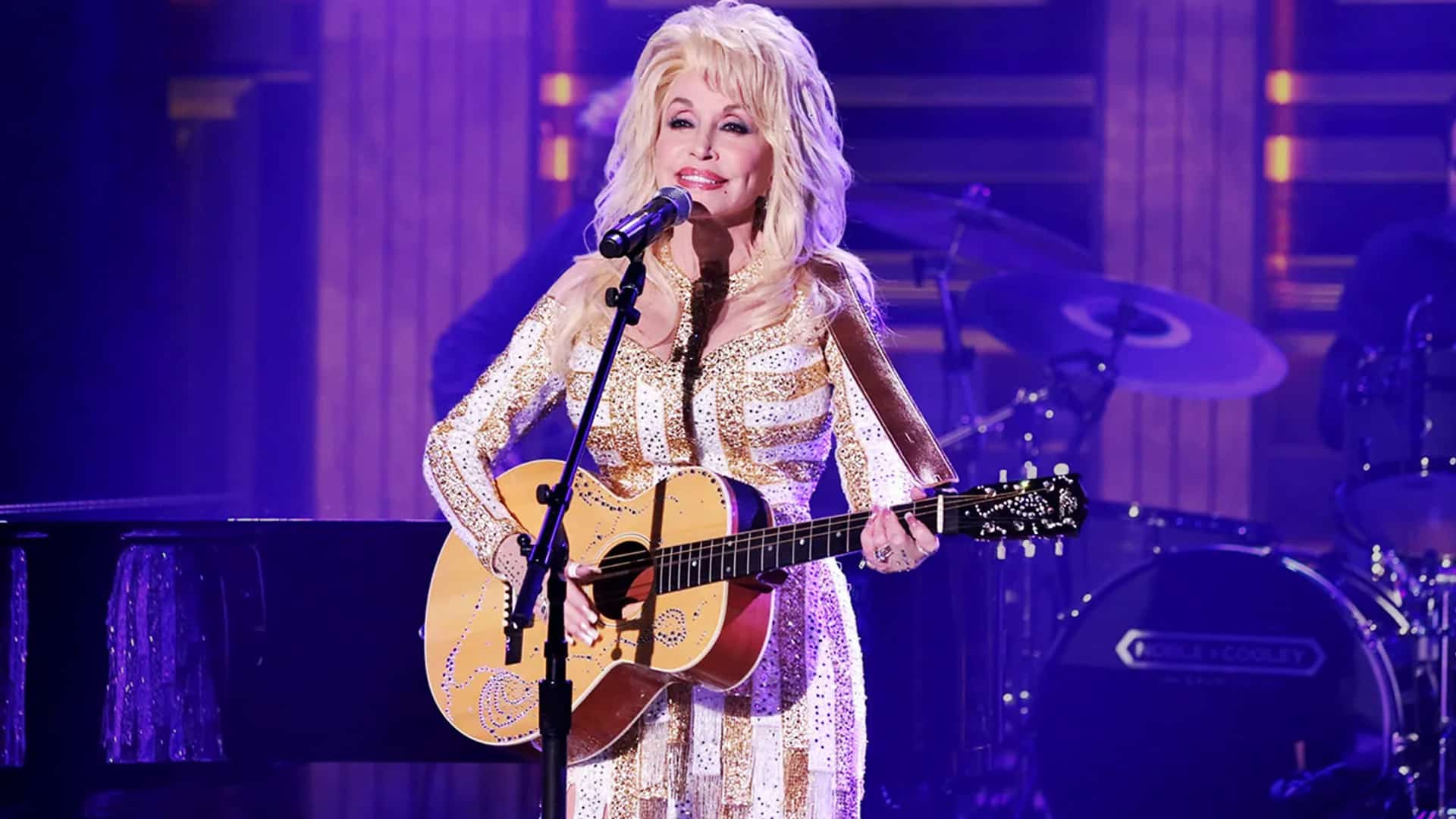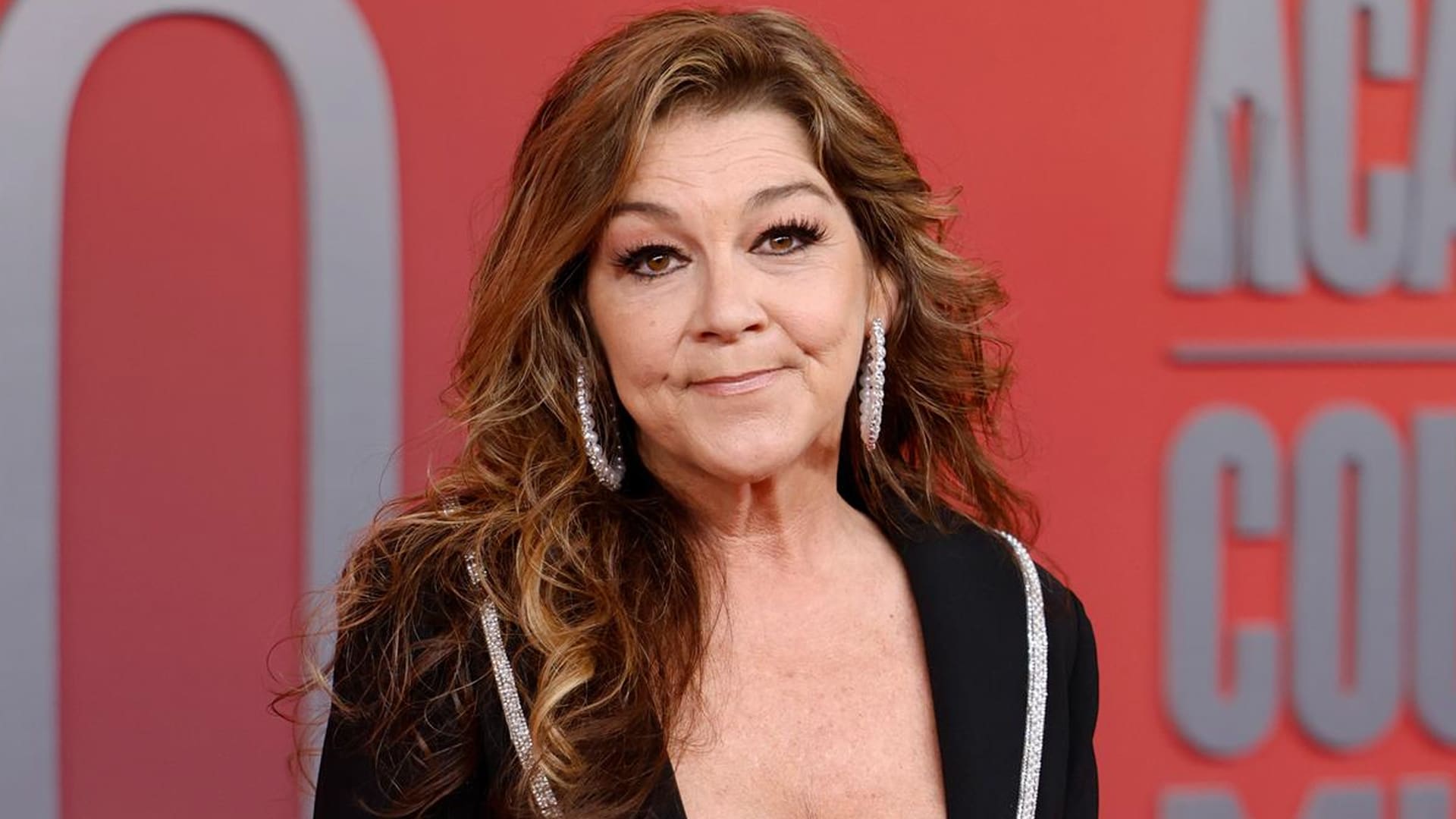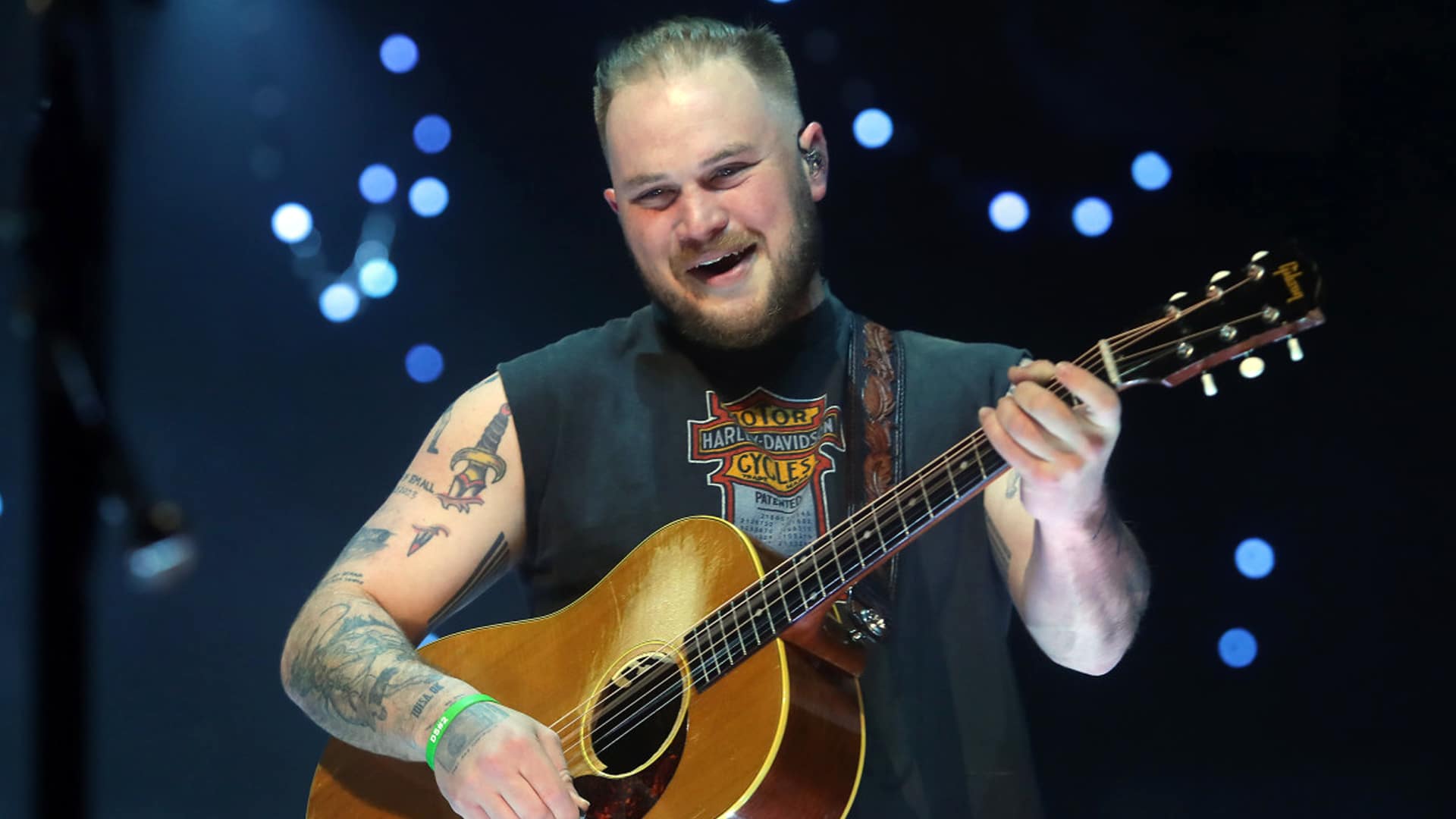From 1947 to 1960, The Howdy Doody Show was the leading children’s television program.
Created by E Roger Muir, the beginning of the saga started the moment Buffalo Bob asked all the children, “Say, kids, what time is it?” which was unanimously answered by children present or those at the comfort of their homes: “It’s Howdy Doody time!”
We will never forget how his fellow cast of puppets brought us so much joy back then – led by the one and only red-headed Howdy Doody. Howdy was the freckled-faced boy who has 48 freckles, to be exact – each is dedicated to every state of the union at that time. So, in 1959, when Alaska was added as the 49th state, the same thing happened to Howdy’s freckles.
RELATED: Hee Haw!: A Lookback To Our Favorite TV Variety Show
Howdy had a sister, Heidi Doody, and had many, many friends! There’s Clarabell the Clown, who you perhaps remembered as the clown who did not speak one word except during the show’s episode finale. He only communicated in mime, like honking his belt’s horns and squirting the seltzer.
If you remember Clarabell, then pretty sure you also remembered the only Indian girl on the show named Princess Summerfall Winterspring. There’s also the heinous leader of the Ooragnak Indian tribe, Chief Thunderthud, who Howdy made friends with after teaching him about the great ways of humanity.
RELATED: Curious About the ‘Hee Haw’ Cast? Here’s What We Discovered!
How about Flub-A-Dub, who was made of eight different animals? Do you remember how he had a duck’s bill, a giraffe’s neck, with a memory of an elephant, a tail of a pig, a flipper of a seal, whiskers of a cat, ears of a spaniel – all these in a body of a dachshund? Last but not least, there was Ranger Bob depicted by William Shatner in 1954 before he turned into a greater star a decade after.
All these characters dwelled in the fictional town of Doodyville, where all the magic happened!
RELATED: Top 10 Country Songs of the 1960s: Decade’s Finest
The show became so popular that the demand for Howdy Doody-related merchandise started sprouting all over. Different toymakers and department stores were bombarded with requests to produce Howdy Doody dolls and other items alike.
The original version of Howdy marionette was created by the professional puppeteer Frank Paris. However, after a year since the show debuted, he took the doll with him and angrily quit the studio after an intellectual property dispute surfaced and was never resolved. Claiming the rights to be solely his, Paris felt he was being cheated and was financially taken advantage of.
With only four hours left before the show airs live, the program had no choice but to proceed without a star. Impromptu excuses regarding Howdy Doody’s whereabouts had been hurriedly conceived.
The show offered a detailed explanation of Howdy being busy with the elections and was on the campaign trail. They swiftly built a map of the United States to show to the audience where exactly Howdy was on the road.
The excuse for Howdy’s absence went on, telling viewers that while he was on the campaign trail, the red-headed puppet decided to undergo some plastic surgery to make himself more attractive. This made it possible for the show to enlist Disney animator Mel Shaw’s help in giving Howdy a fresh, appealing, and original look.
RELATED: 10 Golden Gems: The Best Country Songs of the 1950s
But all good things come to an end! On September 24, 1960, the show signed off the air after a thirteen-year run and 2,343 live broadcasts. Clarabell the Clown, who has never spoken one word, turned into the camera and tearfully said, “Goodbye, Kids.” Then they turned off the studio lights and dismantled the sets – such a memorable ending of a memorable show.
Indeed, The Howdy Doody became an unforgettable part of an entire generation. It is the true pioneer of American television programming – ever since it graced the airwaves in 1947.
How about you? What’s your fondest memory of The Howdy Doody TV show?
